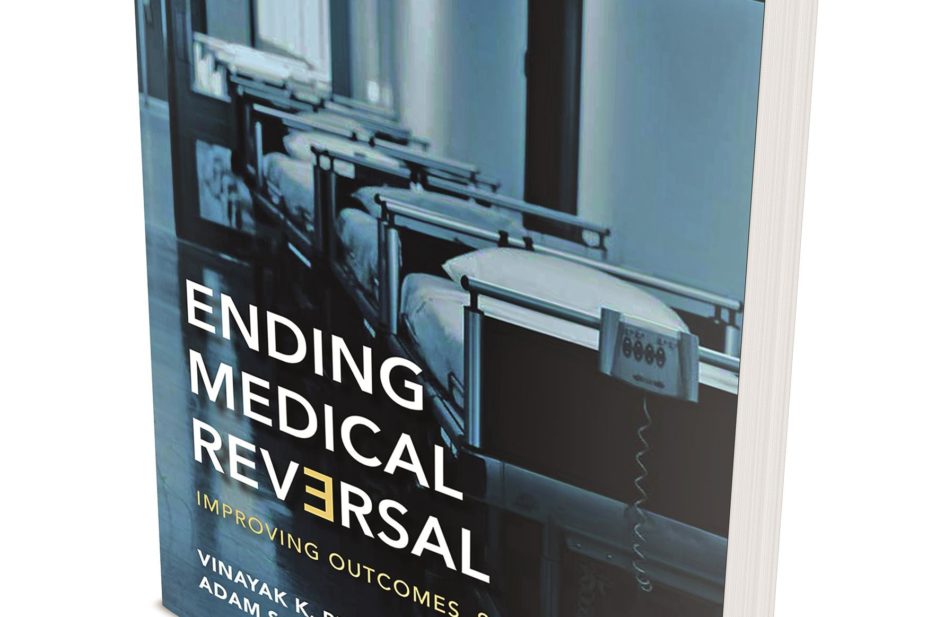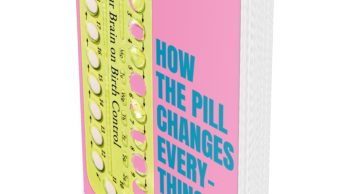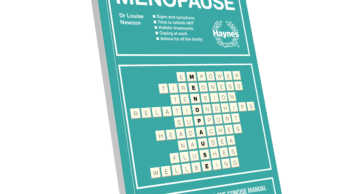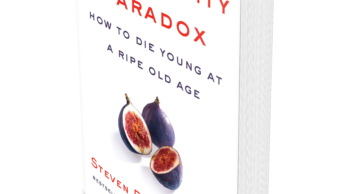
Slightly older pharmacists will remember regularly dispensing hormone replacement therapy to post-menopausal women alongside advice that it would reduce their risk of a heart attack. Or recommending that terfenadine was safe to buy over the counter for hay fever. Those same pharmacists now know that their advice – although endorsed at the highest levels of the medical establishment at the time – was incorrect and possibly even damaging to health.
These are examples of medical reversal, where an accepted therapy is found to be ineffective or harmful, a subject explored clearly and methodically using numerous referenced examples in this thought-provoking book by US physicians Vinayak Prasad and Adam Cifu. The authors explain how flawed therapies, including cardiac stenting for stable coronary artery disease, using bevacizumab for breast cancer, and routine mammography for women in their 40s, became widely accepted, and make suggestions to reduce the incidence of medical reversal, which they estimate at 40%.
Pharmacy professionals will find this book fascinating and stimulating, even disturbing, while it will also enlighten and intrigue the lay person, with terms such as placebo response and randomised controlled trial carefully explained. A thorough index makes for quick fact checking and cross referencing.
Case studies are mainly taken from the American healthcare system, where the commercial environment probably makes the adoption of flawed therapies more likely than in the UK. But issues such as the use and misinterpretation of surrogate endpoints, subjective outcomes, and various types of trial data apply equally in the NHS.
To convince readers that 40% of accepted medical treatments could actually be ineffective or harmful, the appendix lists 146 studies taken from the New England Journal of Medicine between 2001 and 2010 that contradict accepted practices. Sensible suggestions for reducing this rate are likely to remain suggestions only until greater awareness is raised around the problem. Ideas such as reforms to medical education and reduced pharmaceutical industry influence, greater use of randomised controlled trials and shifting the burden of proof onto developers of new therapies will not be implemented easily or quickly.
This is a valuable, if not essential, addition to every pharmacist’s bookshelf and should be considered for undergraduate reading lists. Keep a copy in the pharmacy or your briefcase as a great icebreaker or discussion point with other local healthcare professionals.
Steve Bremer
References
‘Ending medical reversal’, by Vinayak K Prasad and Adam S Cifu. Pp viii+264 £16. Baltimore: Johns Hopkins University: 2015. ISBN 978 1 42141 772 1


